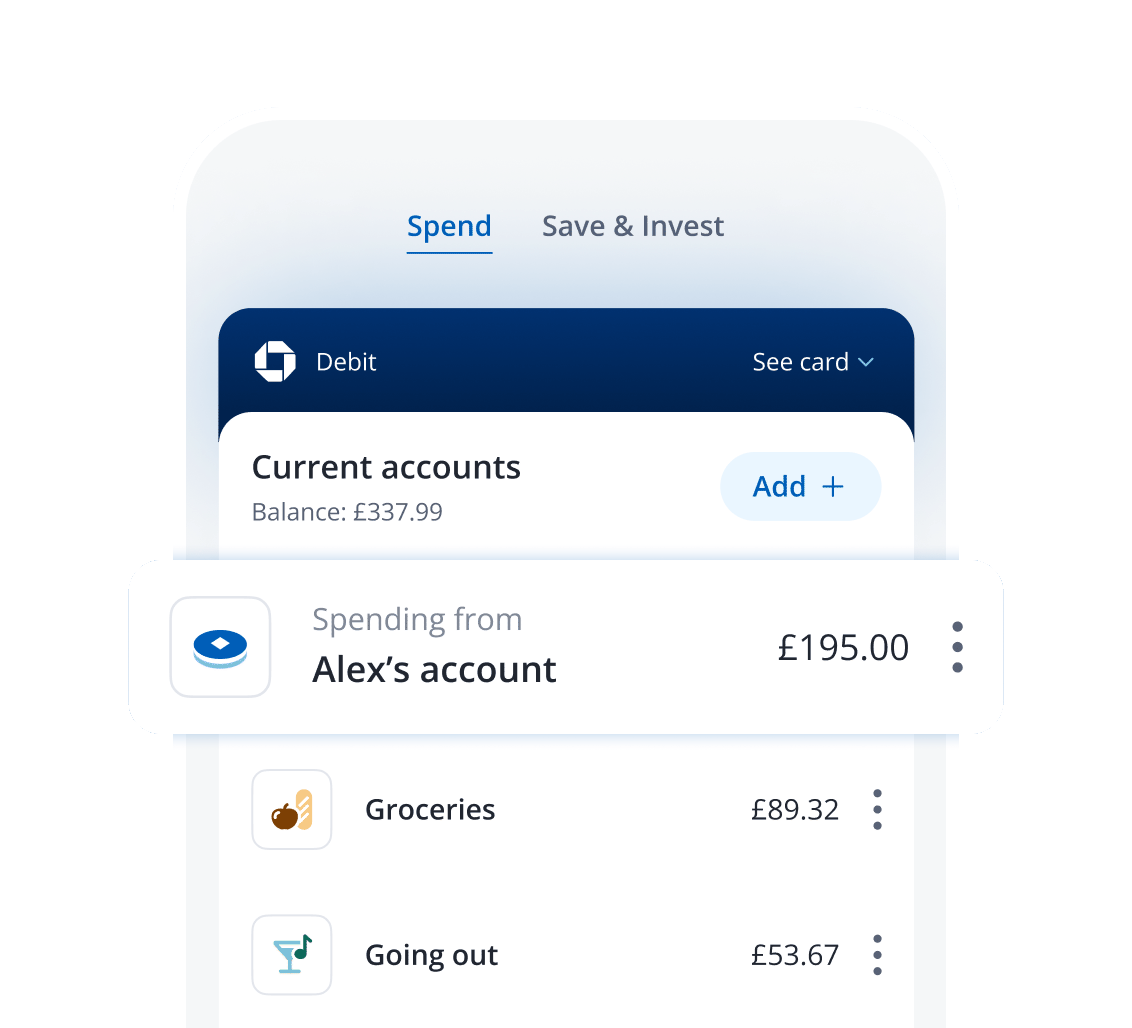money
How delayed gratification could save you money
3 min | 20 May 2022



We’ve all heard of instant gratification, and shopping can deliver a rush at the click of a button. While it’s easy to spend money, what if we waited for a moment, didn’t leap on that list of must-haves and saved up a bit more?
The recent increase in the cost of living means it's probably a good time to think about reining in the spending. We’ve just come out the other side of a global pandemic and lockdowns, with cancelled plans, a pause on the fun stuff and generally, a reduction in what we'd normally spend. But now there are places to be and people to see... and thanks to inflation, it all costs more. You’d be right in saying you’ve delayed a lot of things, and you’ve probably worked hard for your money and want to look after it – so why not make it work a little harder for you?
What is delayed gratification?
Let’s go back to 1972, when two psychologists at a renowned US-based university carried out a study on delayed gratification, known as the ‘marshmallow experiment’. In the experiment, a children were offered a choice between one small but immediate reward and if they could wait, their preferred choice of reward.
The results showed that when the children could see the reward they chose, they couldn’t wait as long. A longer gratification delay meant doing their best to distract themselves from the idea of the reward – and not paying more attention to it.
When we shop, or when we’re exposed to a constant stream of ads, it’s very easy to click and buy. In fact, if you struggle to track and manage your time – or process information in different ways – it can be difficult to practice a mindful, structured approach to spending. If delayed gratification can be more satisfying because you’ve waited, saved up and been more aware about how you spend – how can you get in on the action?
How to resist the urge to splurge
Here are five ways to help you practice delayed gratification.
- Make a list – whether you use an app or just paper – of things you want to buy, rather than buying them immediately. This process will help you plan and track your spending
- If you really want something, give yourself some time – 24 hours at least – before you decide. This will give you a breather to think about whether you really need it
- Ease off social media to stem the FOMO (Fear Of Missing Out)
- Unsubscribe to emails from retailers and cancel any subscriptions or memberships you no longer need
- Avoid (or cancel) any store credit cards or Buy Now Pay Later schemes. They can embody the opposite of being mindful about your spending and, worse still, often come with high interest rates on your outstanding balance
Once you’ve saved up for the item you were after, you’re in a better position because you’ll be able to buy it outright. Depending on the item, this could mean you can negotiate a better price for cash. A quick purchase might feel like a spontaneous buy, but if the item is poor quality, and you have to replace or repair it, it might end up costing you more.
Bend to your budget
Did we mention that the cost of living has shot up in 2022? Sticking to your budget will help you keep up with it, avoid tempting purchases and eventually build the cash to save up for the thing that you wanted weeks ago (if you even want it anymore). By steering clear of using credit, you can have more control of where your cash is going.


















